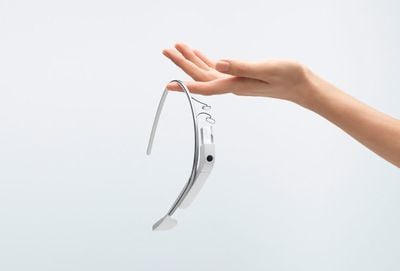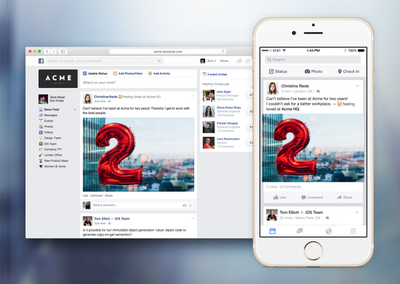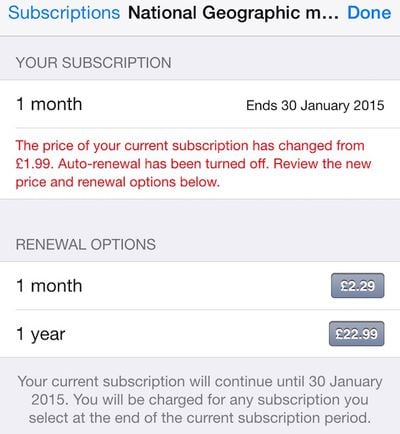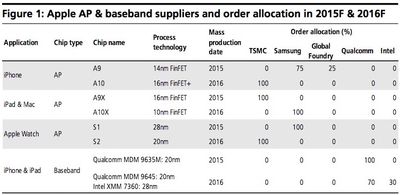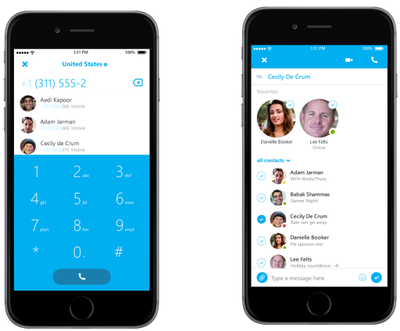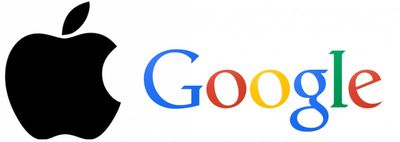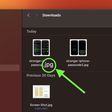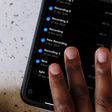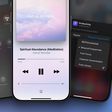Ustwo, the developers behind the hit game Monument Valley today published a detailed infographic that gives a rare inside look at what it takes to develop an ultra popular game and the rewards developers can reap from creating an app that soars to the top of the App Store charts.
For those unfamiliar, Monument Valley is a highly popular indie puzzle game that asks players to lead the main character through a series of mazes spanning 10 separate levels. The game was highly praised for its design, which included a unique and striking art style.
According to Ustwo's infographic, it took Ustwo's eight person team 55 weeks and $852,000 to develop the original version of Monument Valley ahead of its April 2014 launch. The app's Forgotten Shores expansion, released in late November, took an additional 29 weeks and $549,000 to develop.

Monument Valley received some negative attention after the expansion was priced at $1.99 in-app by users who believed that the update should be free, but the half a million in development costs for the Android and iOS apps explain why it would have been largely unreasonable for the team to release an expansion at no cost.
The more than $1 million that Ustwo poured into the development of Monument Valley paid off, and the game earned a total of $5,858,625 from 2,440,076 sales. 81.7 percent of all revenue came from iOS from 1,736,431 sales while Google Play and Amazon represented a combined 18.2 percent of revenue. The game's highest one day revenue was $145,530, which it earned on the first day it launched.

Monument Valley saw upticks in sales after earning an Apple Design Award in June, following the launch of the Forgotten Shores expansion, at Christmas, and after the December announcement of its status as iPad Game of the Year.
The majority of iOS sales came from the United States at 38 percent, and the game ended up being translated into 13 local languages. 12 percent of sales came from China, five percent from the U.K., and 4.4 percent came from Japan. Half of the players who purchased Monument Valley finished the game, and 24 percent of players went on to purchase Forgotten Shores.
Ustwo's full Monument Valley infographic can be seen over at the company's blog. Monument Valley can be downloaded from the App Store for $3.99. [Direct Link]


